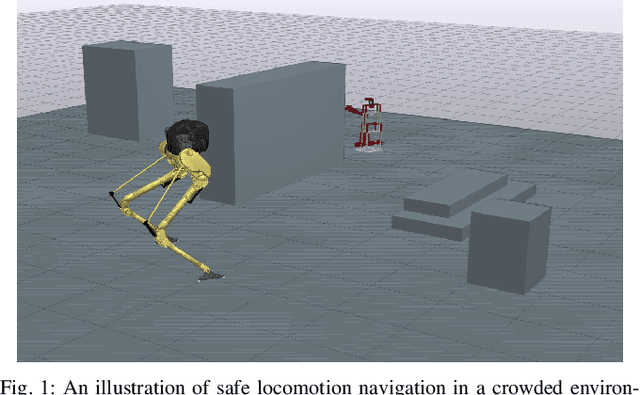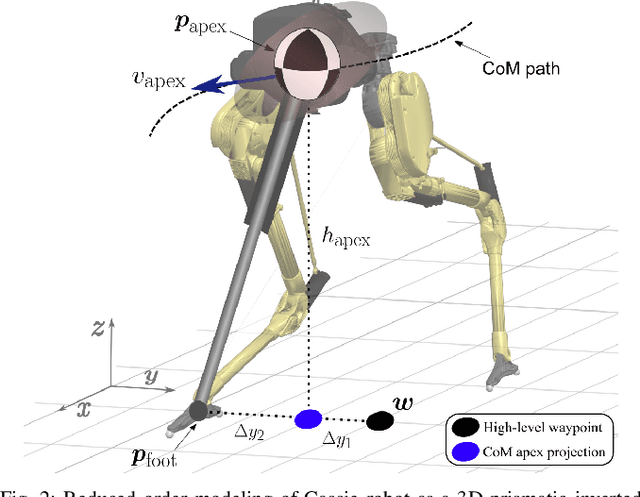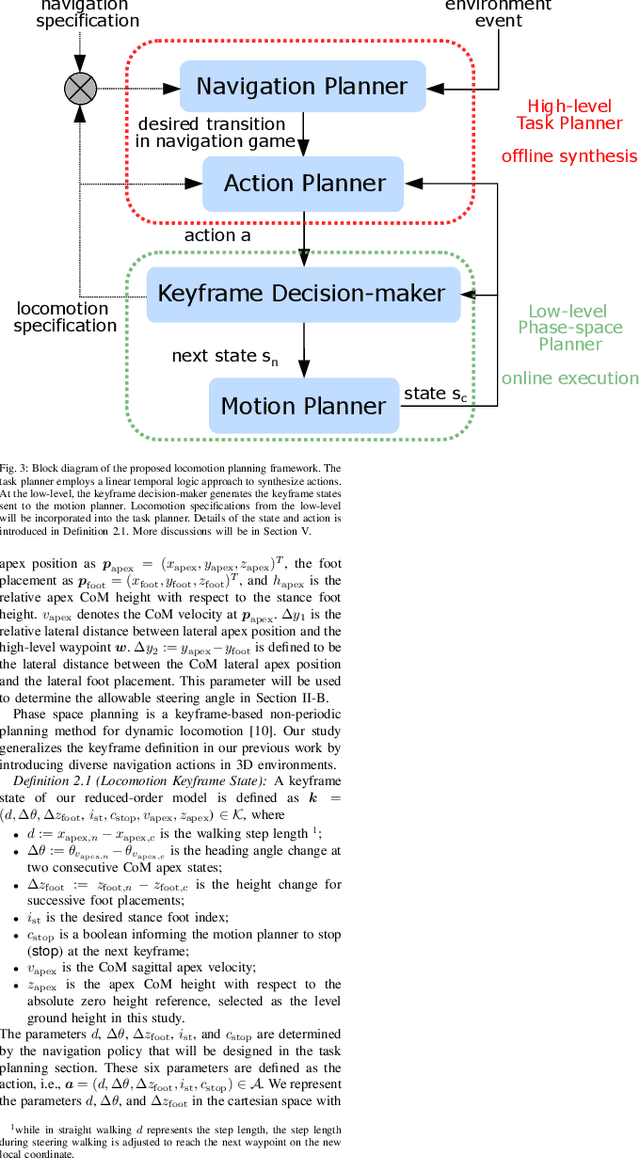Yingke Li
Trust-Preserved Human-Robot Shared Autonomy enabled by Bayesian Relational Event Modeling
Nov 03, 2023



Abstract:Shared autonomy functions as a flexible framework that empowers robots to operate across a spectrum of autonomy levels, allowing for efficient task execution with minimal human oversight. However, humans might be intimidated by the autonomous decision-making capabilities of robots due to perceived risks and a lack of trust. This paper proposed a trust-preserved shared autonomy strategy that grants robots to seamlessly adjust their autonomy level, striving to optimize team performance and enhance their acceptance among human collaborators. By enhancing the Relational Event Modeling framework with Bayesian learning techniques, this paper enables dynamic inference of human trust based solely on time-stamped relational events within human-robot teams. Adopting a longitudinal perspective on trust development and calibration in human-robot teams, the proposed shared autonomy strategy warrants robots to preserve human trust by not only passively adapting to it but also actively participating in trust repair when violations occur. We validate the effectiveness of the proposed approach through a user study on human-robot collaborative search and rescue scenarios. The objective and subjective evaluations demonstrate its merits over teleoperation on both task execution and user acceptability.
Towards Safe Locomotion Navigation in Partially Observable Environments with Uneven Terrain
Sep 10, 2020



Abstract:This study proposes an integrated task and motion planning method for dynamic locomotion in partially observable environments with multi-level safety guarantees. This layered planning framework is composed of a high-level symbolic task planner and a low-level phase-space motion planner. A belief abstraction at the task planning level enables belief estimation of dynamic obstacle locations and guarantees navigation safety with collision avoidance. The high-level task planner, i.e., a two-level navigation planner, employs linear temporal logic for a reactive game synthesis between the robot and its environment while incorporating low-level safe keyframe policies into formal task specification design. The synthesized task planner commands a series of locomotion actions including walking step length, step height, and heading angle changes, to the underlying keyframe decision-maker, which further determines the robot center-of-mass apex velocity keyframe. The low-level phase-space planner uses a reduced-order locomotion model to generate non-periodic trajectories meeting balancing safety criteria for straight and steering walking. These criteria are characterized by constraints on locomotion keyframe states, and are used to define keyframe transition policies via viability kernels. Simulation results of a Cassie bipedal robot designed by Agility Robotics demonstrate locomotion maneuvering in a three-dimensional, partially observable environment consisting of dynamic obstacles and uneven terrain.
 Add to Chrome
Add to Chrome Add to Firefox
Add to Firefox Add to Edge
Add to Edge